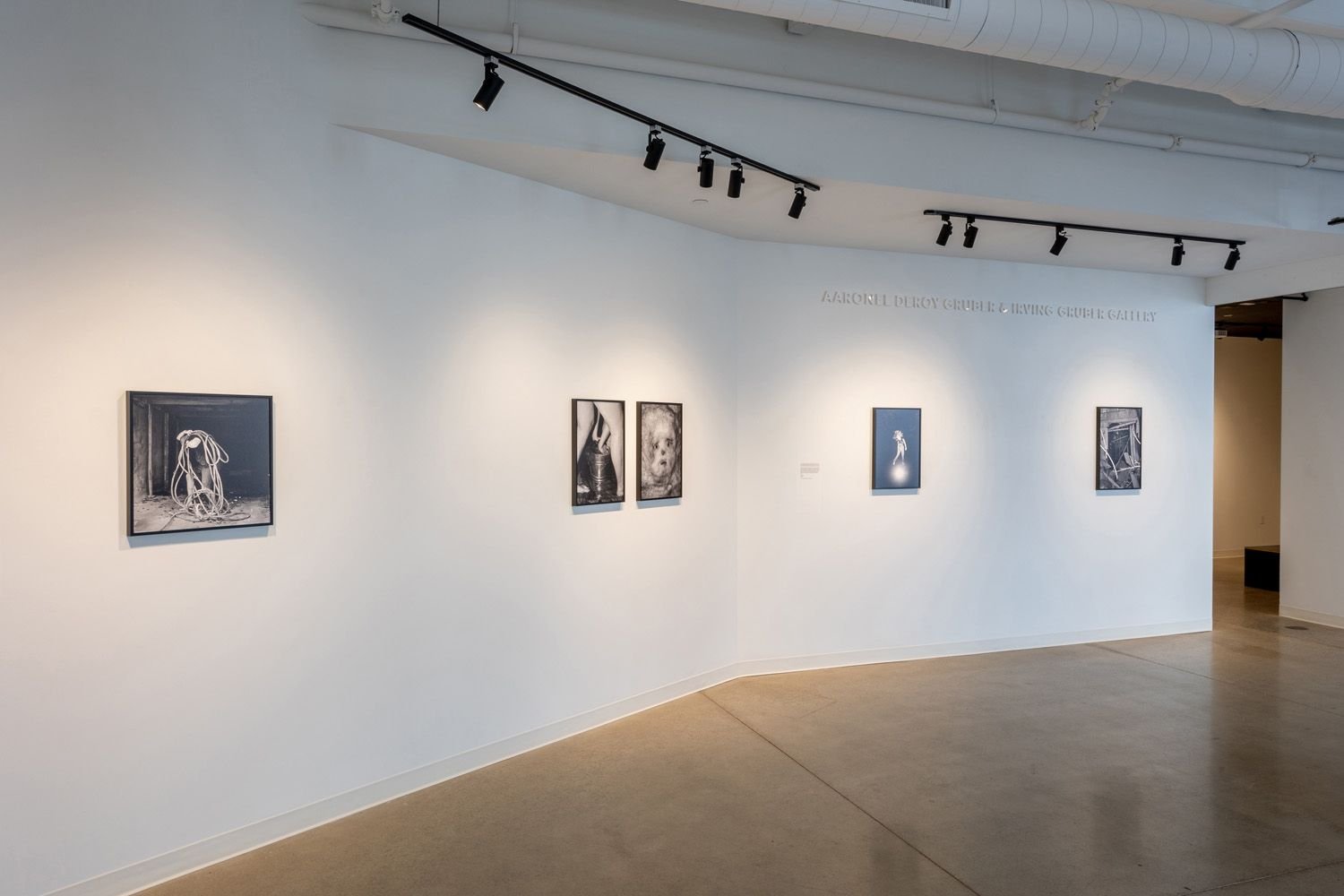When thinking about curating photography, it is important to consider what goes into the process, and how it compares to other forms of visual art. We spoke with curator, writer, and Deputy Director of Programs at Silver Eye Center for Photography Helen Trompeteler, whose curatorial practice ‘promotes photography as a fine art medium that can provoke contemporary dialogue, foster community, and inspire more equitable futures’ on what goes into curating a photography exhibition.
“When I begin developing a new exhibition, I critically ask myself how this exhibition will create new opportunities for connection with audiences and serve the artist's creative vision. Many additional self-reflective questions affect my curatorial approach, but these foundational concerns inform all my subsequent decision-making. These decisions include final image selection and layout, paper and framing options, and the writing, design, and pacing of interpretive text. All these elements are part of storytelling in the physical exhibition space. They will affect how audiences engage with photography and whether the artist will realize their aims.
Installation view of Mouse Trap with photographs by Patricia Voulgaris, 3 March - 23 April, 2022, Silver Eye Center for Photography. Photograph by Sean Carroll.
Curating is a highly collaborative process. I collaborate closely with all our artists at Silver Eye. I strive to provide a framework of care, support, and facilitation so they can take new creative directions or risks in their practice. I feel very fortunate to collaborate with colleagues, including Sean Stewart, who shares his immense expertise in printing and production. 21st-century definitions of curating perceived the curator as a solitary guardian or authoritative voice in defining an aspect of knowledge or taste. However, my curatorial approach always aims to be conversational. I focus on introducing themes, references, ideas, and frameworks for individuals to explore on their own terms. Collaborators are essential to my curatorial thinking, including everyone who engages with the exhibition and shares their perspectives.”

